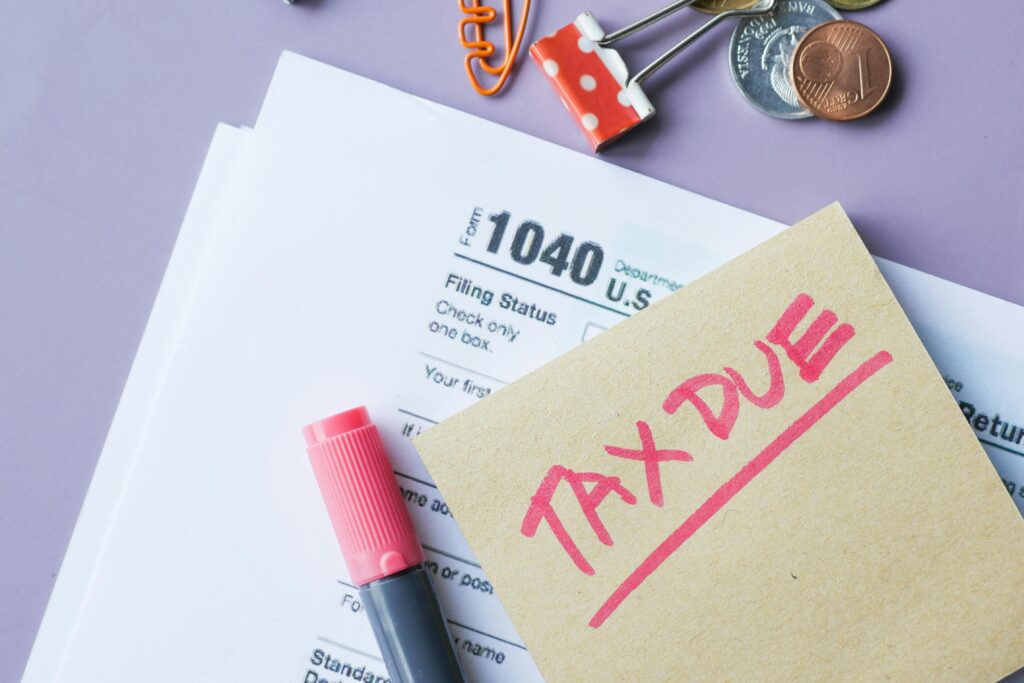Did you receive a bill from the IRS stating that you owe a penalty? Before you pay it, take a moment to explore your options. Many IRS penalties can be reduced or even eliminated if you understand the right approach. This guide will walk you through how to remove IRS penalties, the key rules to know, and the exact language to use when dealing with the IRS.
Understanding IRS Penalties
The IRS imposes various penalties for late filings, late payments, and failure to deposit employment taxes. These penalties can be costly, but knowing how they work is the first step toward eliminating them.
Common Penalties and Their Costs
- Failure to File
- Individual or C Corporation Returns: 5% of the total tax owed per month, up to a maximum of 25%.
- Fraudulent Failure to File: 15% per month, up to 75% of the total tax owed.
- Partnership or S Corporation Returns: $245 per partner/shareholder per month, up to 12 months.
- If your return is more than 60 days late: A minimum penalty of $510 or 100% of the tax owed.
- Failure to Pay
- 0.5% of the unpaid tax per month, up to a maximum of 25%.
- If both failure-to-file and failure-to-pay penalties apply in the same month, the failure-to-file penalty is reduced.
- Failure to Deposit Employment Taxes
- 2% penalty if up to 5 days late.
- 5% penalty if 6-15 days late.
- 10% penalty if more than 15 days late.
Examples of How IRS Penalties Add Up
- Late Individual Tax Return: You owe $3,000 and file two months late. Your penalty: $270 for late filing + $30 for late payment = $300.
- Late S Corporation Return: Your 10-shareholder S corp files five days late. Your penalty: $2,450.
- Late Payroll Tax Deposit: You owe $4,000 and pay six days late. Your penalty: $200.
How to Get IRS Penalties Removed
The IRS frequently grants penalty relief if you know how to ask. Here are the three best strategies to get your penalties eliminated.
Strategy 1: First-Time Abate (FTA)
If this is your first penalty (or your first in over three years), request a “first-time abate.” This applies to failure-to-file, failure-to-pay, or failure-to-deposit penalties. The IRS will grant FTA relief if:
- You have filed all required returns for the past three years.
- You have no prior penalties (or had them removed for reasons other than FTA).
- You are otherwise compliant with tax payments.
Example: You received a failure-to-pay penalty for your 2023 return. You had no penalties in 2020, 2021, or 2022. You qualify for FTA.
Strategy 2: Partnership Relief (Revenue Procedure 84-35)
If you filed your partnership tax return late, you may qualify for automatic penalty relief if:
- Your partnership has 10 or fewer partners.
- Each partner reported their share of the partnership’s income on their individual timely filed tax returns.
- All partners are individuals or estates (not corporations, trusts, or partnerships).
To request relief, tell the IRS you are seeking Revenue Procedure 84-35 relief—it’s that simple.
Strategy 3: Reasonable Cause Relief
If you don’t qualify for FTA or partnership relief, you can still argue for reasonable cause relief. The IRS grants penalty relief if you had a valid reason for missing your filing or payment deadline.
Valid Reasons for Reasonable Cause Relief
- Serious illness or death (yours or an immediate family member’s).
- Fire, natural disaster, or other disturbance.
- Inability to obtain necessary records.
- Other circumstances that prevented timely filing/payment despite “ordinary business care and prudence.”
When requesting reasonable cause relief, provide:
- A clear timeline of events.
- An explanation of why you could not meet your tax obligations.
- Proof that you corrected the issue as soon as possible.
What NOT to Say
Avoid saying:
- “I forgot.”
- “I made a mistake.”
- “I didn’t know the law.”
- “My tax preparer didn’t file it.” (The IRS considers you personally responsible.)
Handling Large IRS Penalties
If your penalty is significant, the IRS may require a written request instead of a phone call. However, first-time abate requests can always be handled over the phone, regardless of penalty size.
Already Paid? Request a Refund with Form 843
If you’ve already paid an IRS penalty, you may still be able to get a refund. File Form 843, Claim for Refund and Request for Abatement, by the later of:
- Three years from the date you filed the return.
- Two years from the date you paid the penalty.
Interest Relief
If the IRS removes a penalty, it will also remove any interest charged on that penalty. However, the IRS does not remove interest on the underlying tax owed.
Final Takeaways
- Always check if you qualify for first-time abate—it’s the easiest way to remove a penalty.
- If you filed a partnership return late, request relief under Revenue Procedure 84-35.
- If you don’t qualify for automatic relief, argue reasonable cause with clear facts and documentation.
- If the IRS denies your request, appeal the decision—many taxpayers succeed on appeal.
- If you already paid the penalty, file Form 843 to request a refund.
By understanding these IRS penalty relief strategies, you can avoid unnecessary payments and potentially reclaim money you’ve already spent. The key is knowing the rules and using the right language when dealing with the IRS. A simple phone call could save you thousands of dollars!


